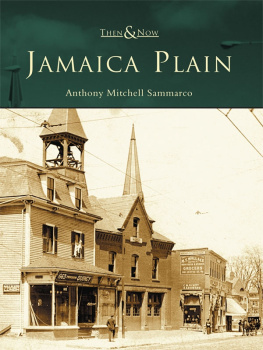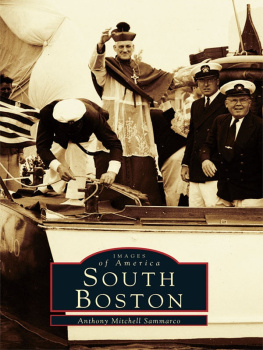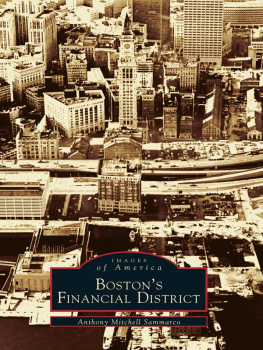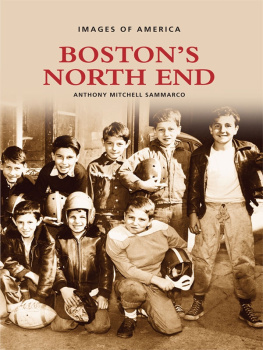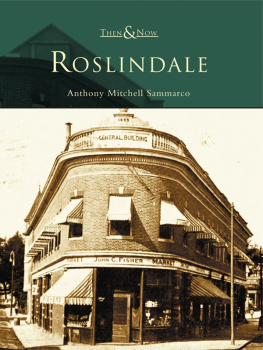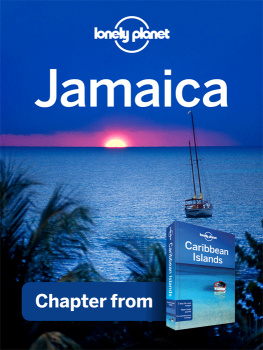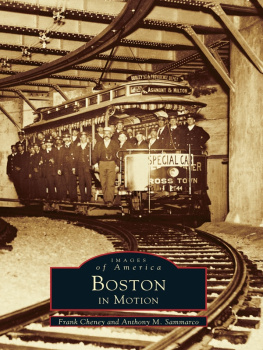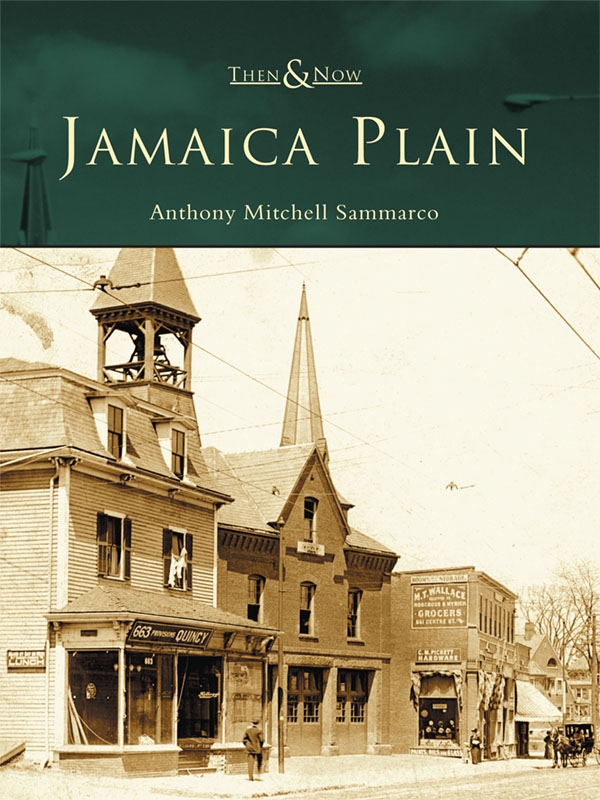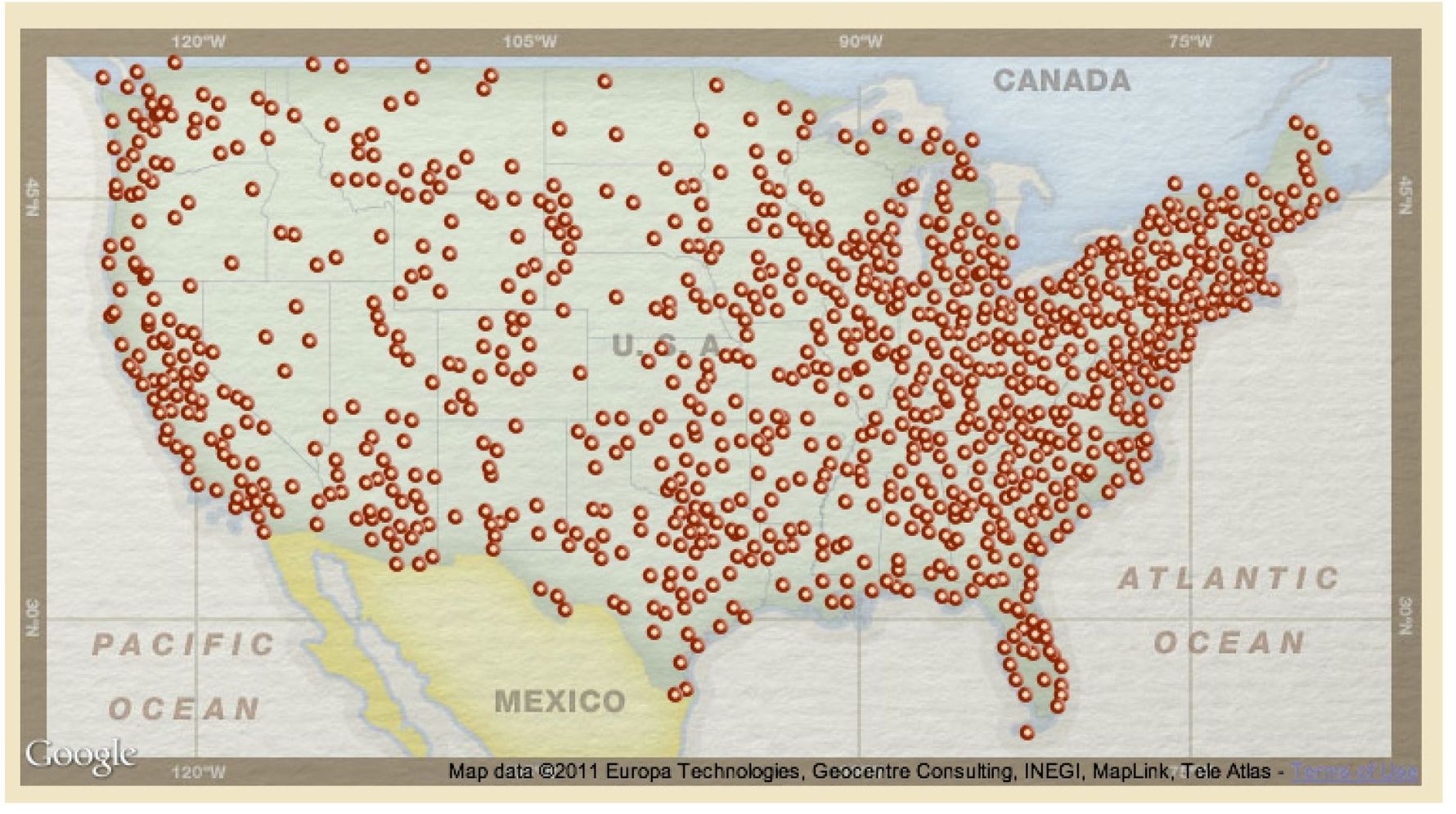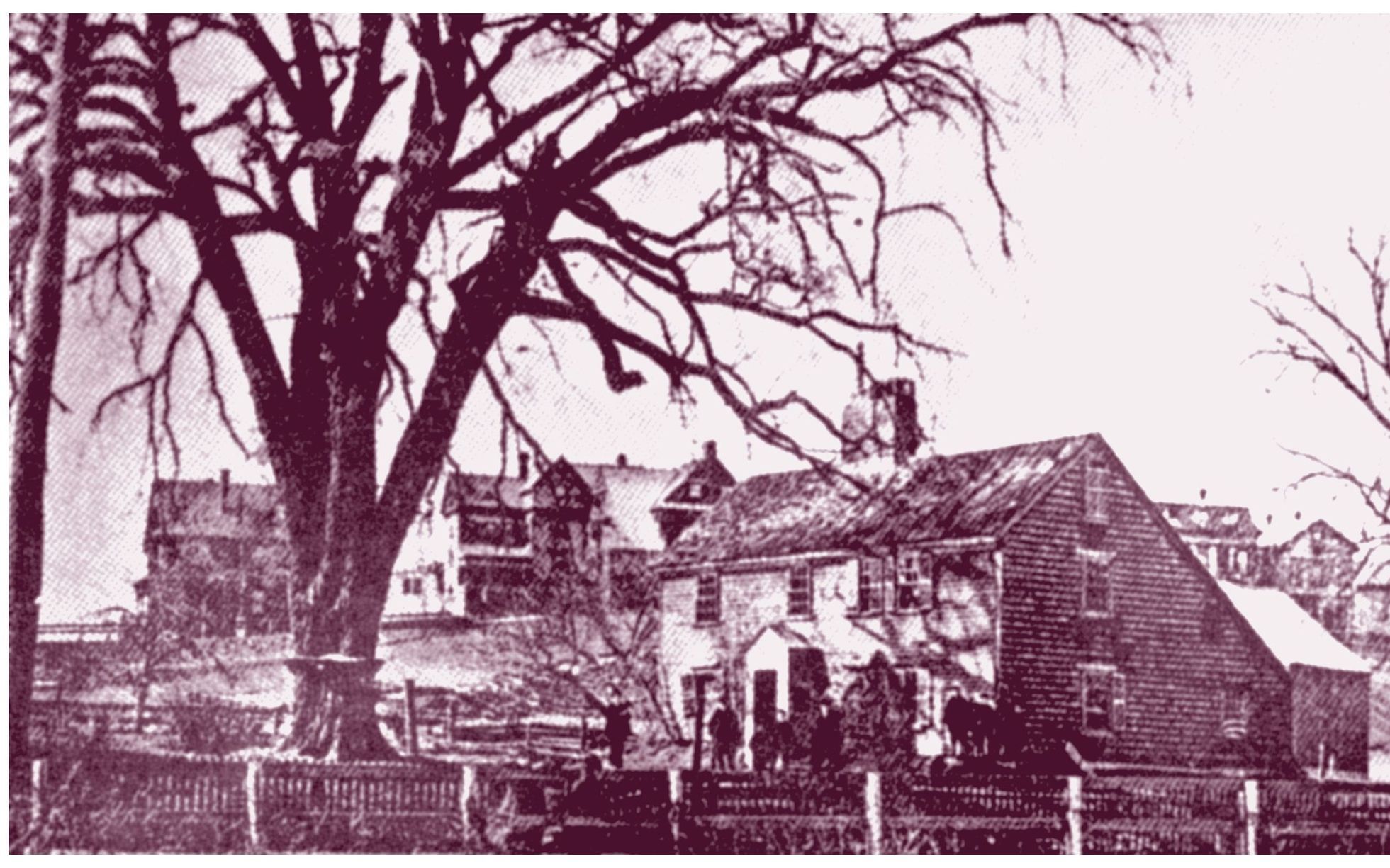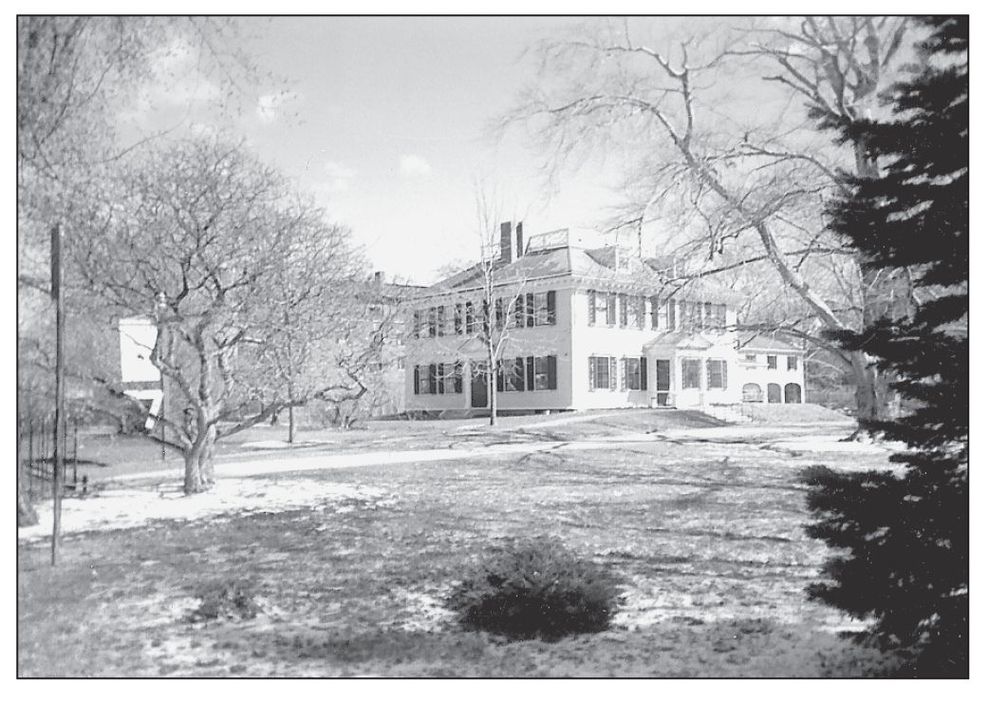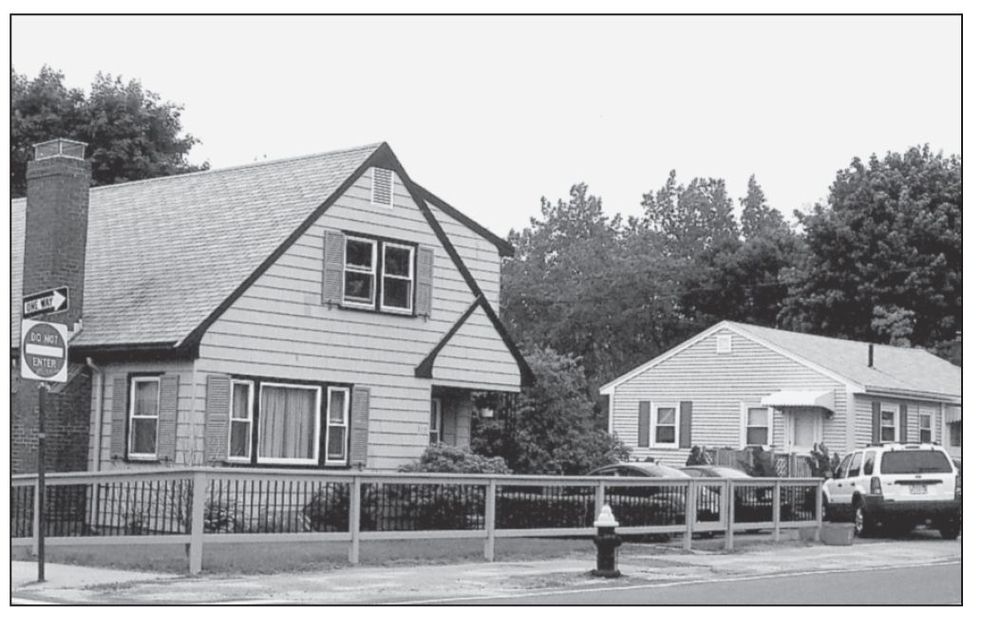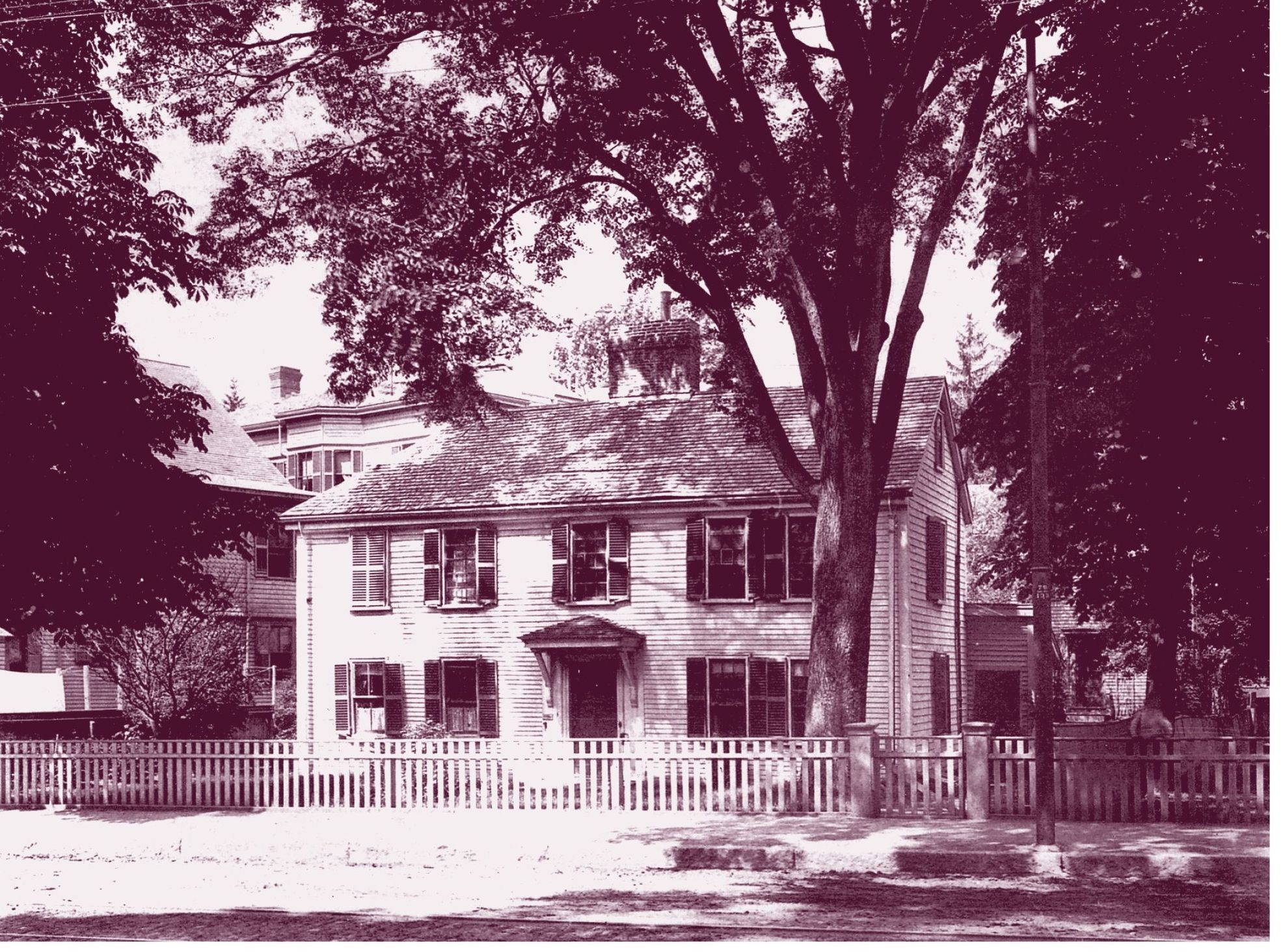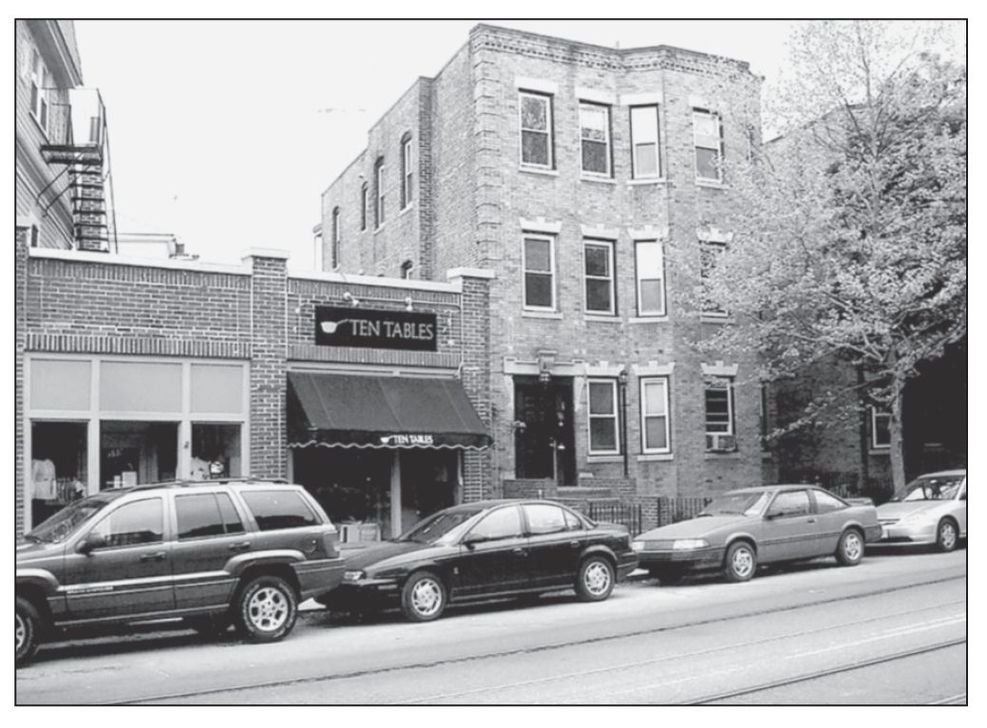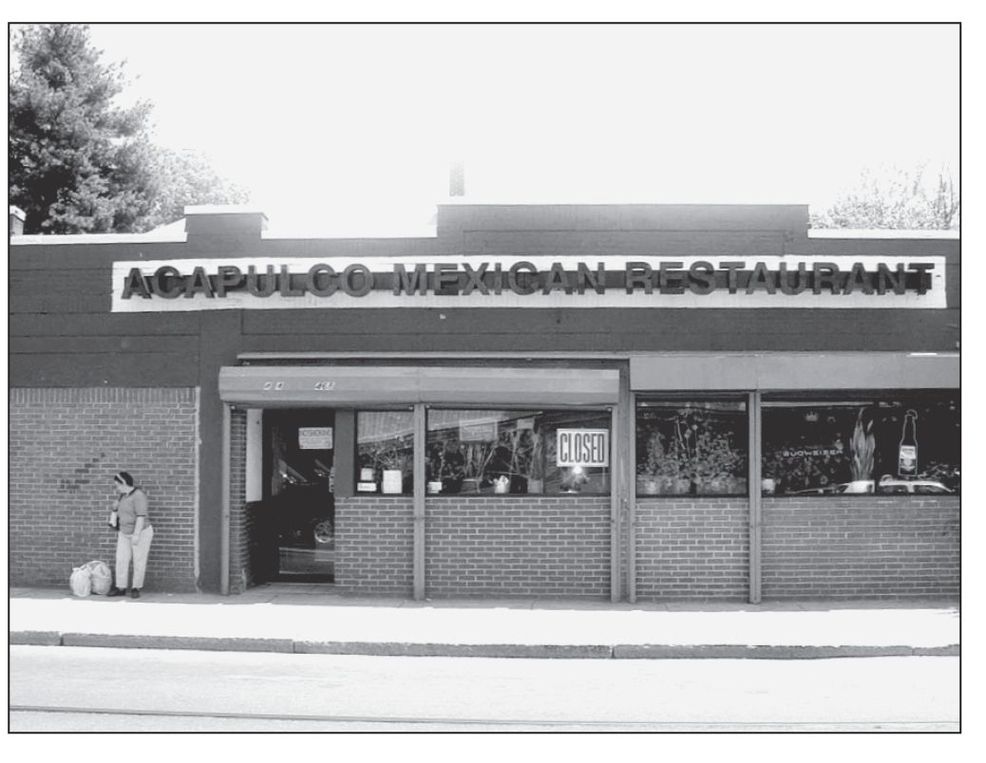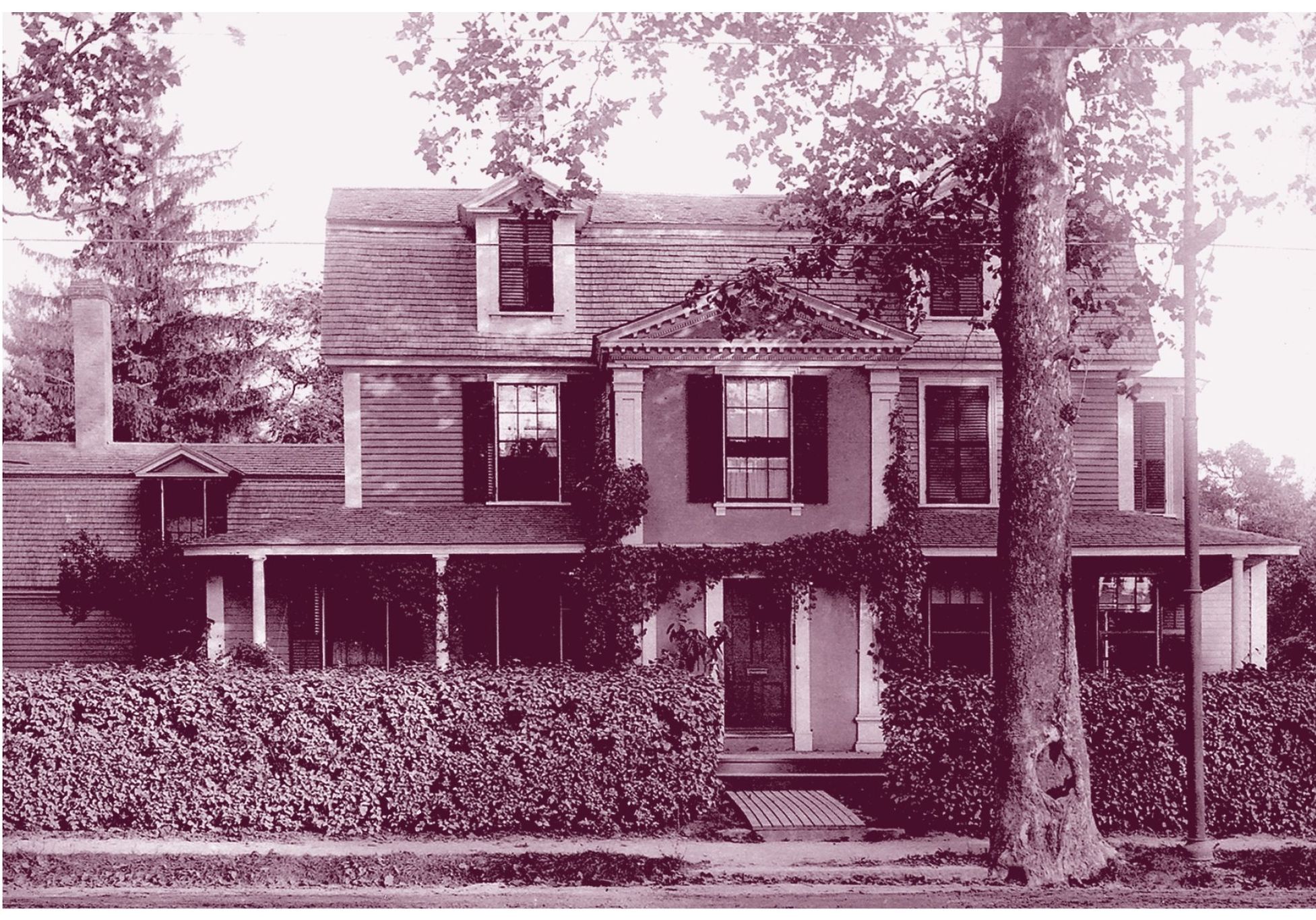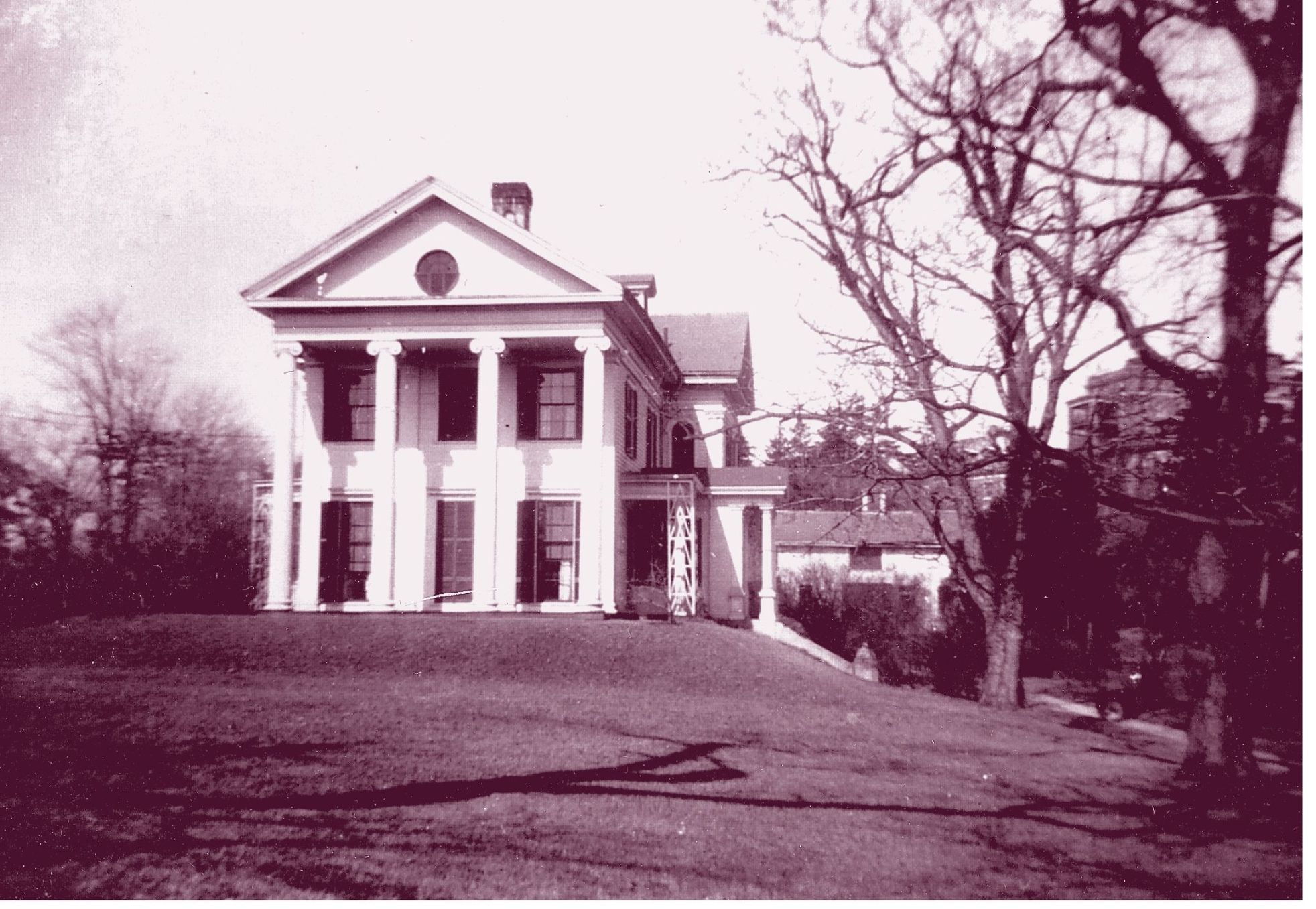Chapter 1
A NEIGHBORHOOD EVOLVES
T he Curtis House was built in 1639 the Jamaica section of Roxbury. It was once the home of William Curtis and his wife, Sarah Eliot, the sister of the Reverend John Eliot, known as the Apostle of the Indians. The house and farm remained in possession of the Curtis family for eight generations until 1887, when the house was demolished and the property became a housing development that included Lamartine and Paul Gore Streets.
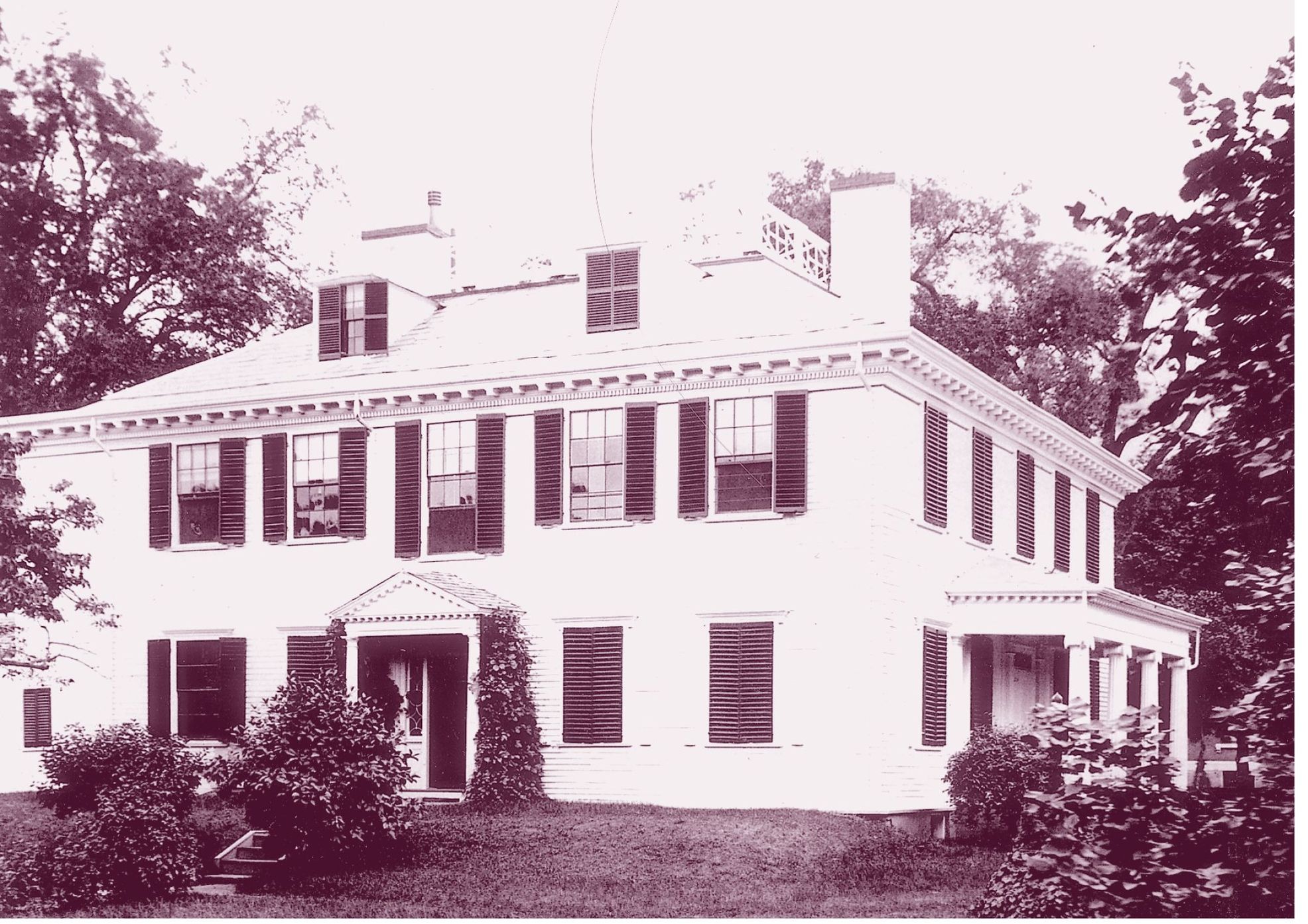
T he Loring-Greenough House, seen from the garden side, has a garden pathway leading to the entrance. Built in 1760, it was the home of Commo. Joshua Loring, a loyalist who left Boston in 1776. The property was the headquarters of Gen. Nathanael Greene during the Revolution, serving as a hospital for patriot troops. It is said that Gen. George Washington visited the house in 1776. Bought later by David Greenough, the house was occupied by the Greenough family for much of the 19th century and until 1924, when it was purchased by the Jamaica Plain Tuesday Club as its headquarters, thereby saving it from demolition. (Courtesy of the Boston Public Library, Print Department; lower photograph by Charlie Rosenberg.)
T he Loring-Greenough House, seen below in 1938, was the headquarters of the Jamaica Plain Tuesday Club. The club ran a lending library in the house, sponsored lectures and teas, and performed theatricals to raise money to support its efforts. The Greenough Block, a large Colonial Revival apartment (on the left), was built in 1898 at the corner of Greenough Avenue and Centre Street. (Courtesy of the Jamaica Plain Historical Society.)
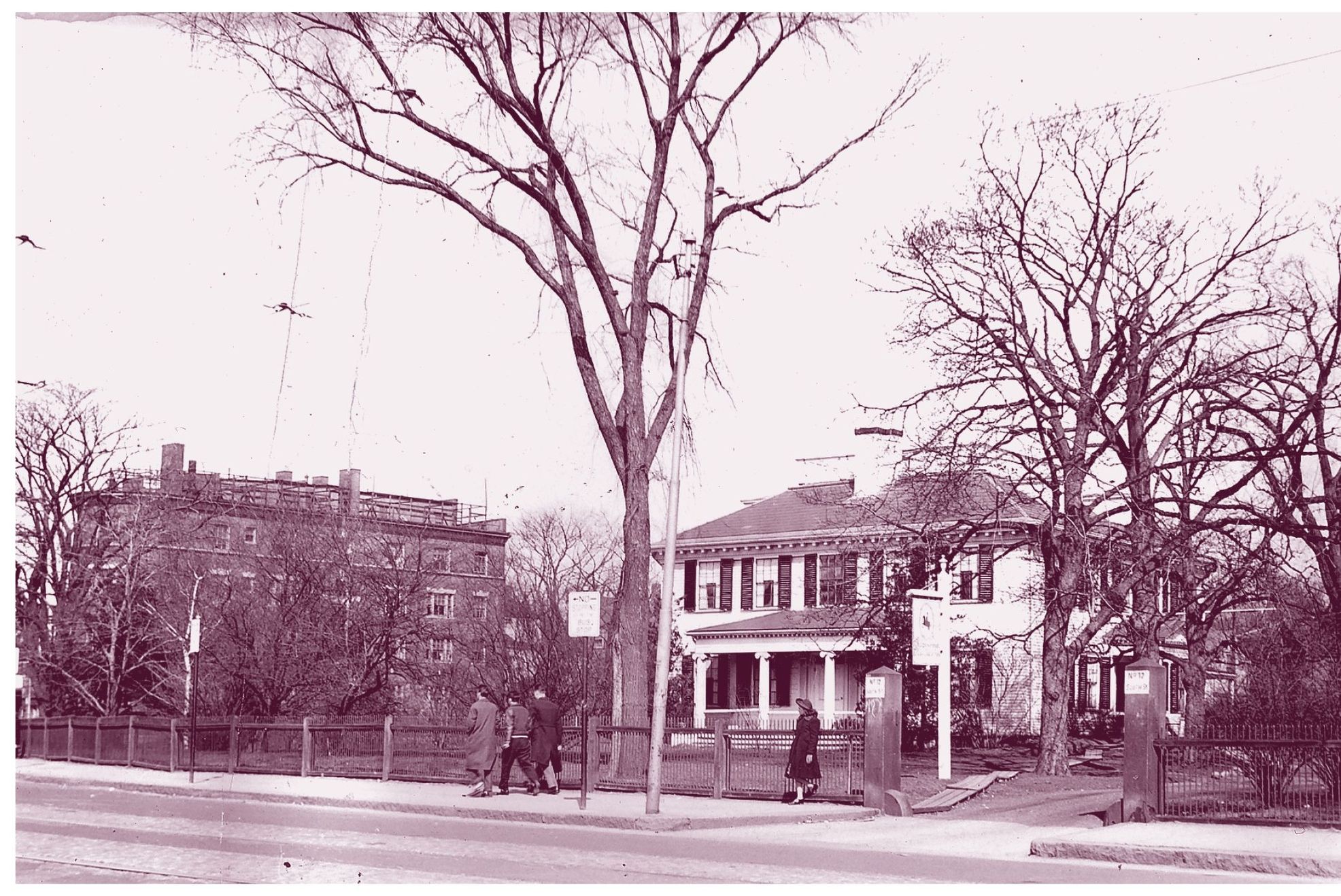
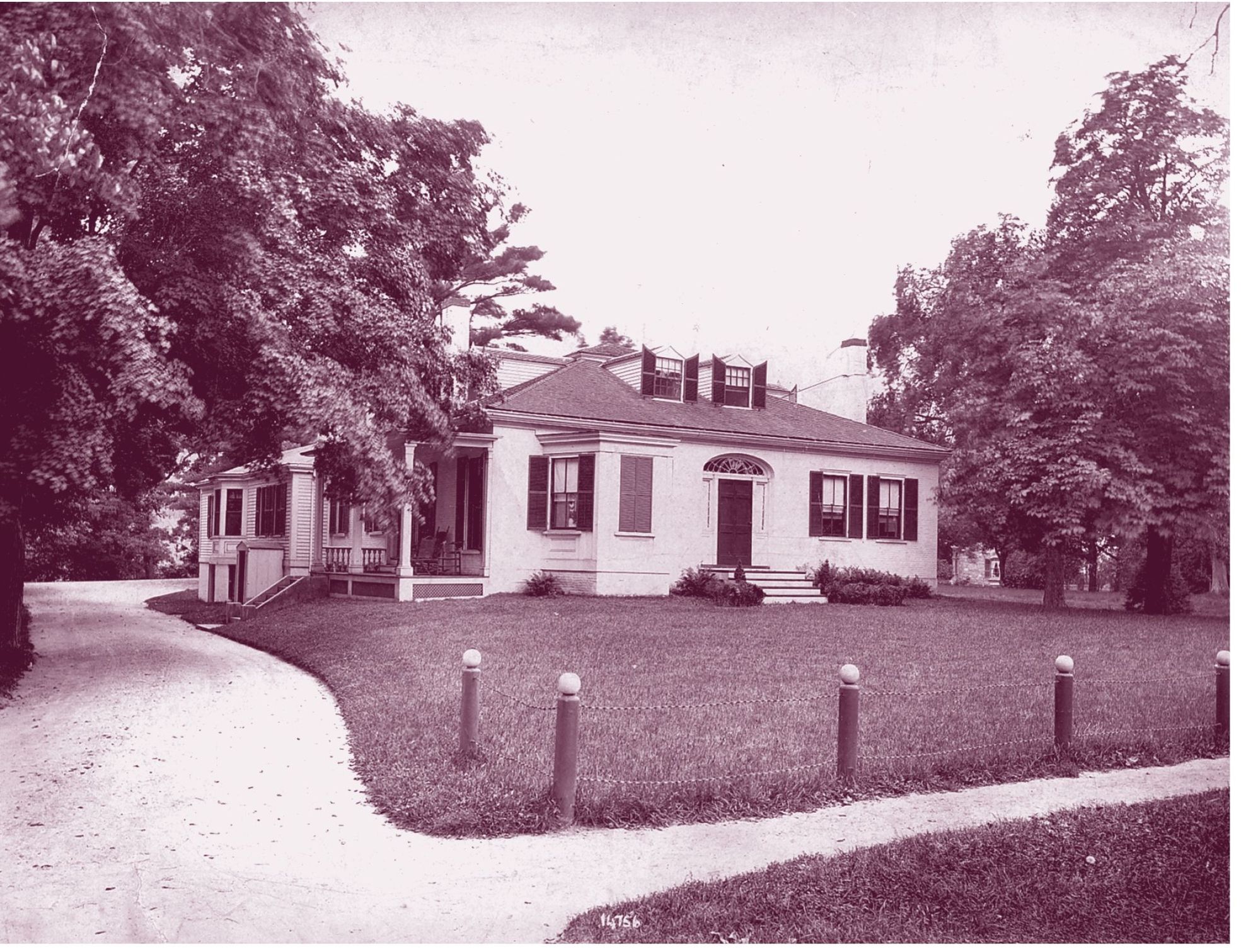
T he William Gordon Weld House was located on South Street between Asticou and Martinwood Roads at Forest Hills, opposite the Bussey Institute of the Arnold Arboretum. Built by China trade merchant William Gordon Weld (17751825) and his wife, Hannah Minot Weld (1780-1860), it was an elegant one-story dormered early Federal house. It later became the home of Andrew J. Peters (1872-1938), mayor of Boston from 1918 to 1921. The house was demolished c. 1945, and the property was subdivided for small houses. (Courtesy of the Jamaica Plain Branch of the Boston Public Library.)
D r. John Collins Warren of Beacon Hill built his summer house at what is now the corner of Lester Place and Centre Street, near Green Street, in the early 19th century. This simple one-story house with twin sharp-peaked flanking gables was typical of the small country homes Bostonians built in the suburbs of Boston in the early 19th century. Today, the site of the house is a commercial block. (Courtesy of the Jamaica Plain Branch of the Boston Public Library.)
T he May House was built in 1732 on the road to Dedham, what is now known as Centre Street. The house, a center-entrance, five-bay Colonial with a center chimney, survived until the early 20th century, when it was demolished for commercial development that included apartment buildings and a commercial block. (Courtesy of the Boston Public Library, Print Department; lower photograph by Charlie Rosenberg.)
T he Hallowell House was built in 1738 at the corner of Centre and Boylston Streets. It was an impressive Georgian house with a projecting pedimented entrance flanked by side piazzas. Owned by loyalist Benjamin Hallowell, it later became the home of a great benefactor in Boston, Ward Nicholas Hallowell, who changed his name to Boylston. The house was demolished in 1924, and the site is now occupied by the Acapulco Mexican Restaurant. (Courtesy of the Boston Public Library, Print Department; upper photograph by Charlie Rosenberg.)

